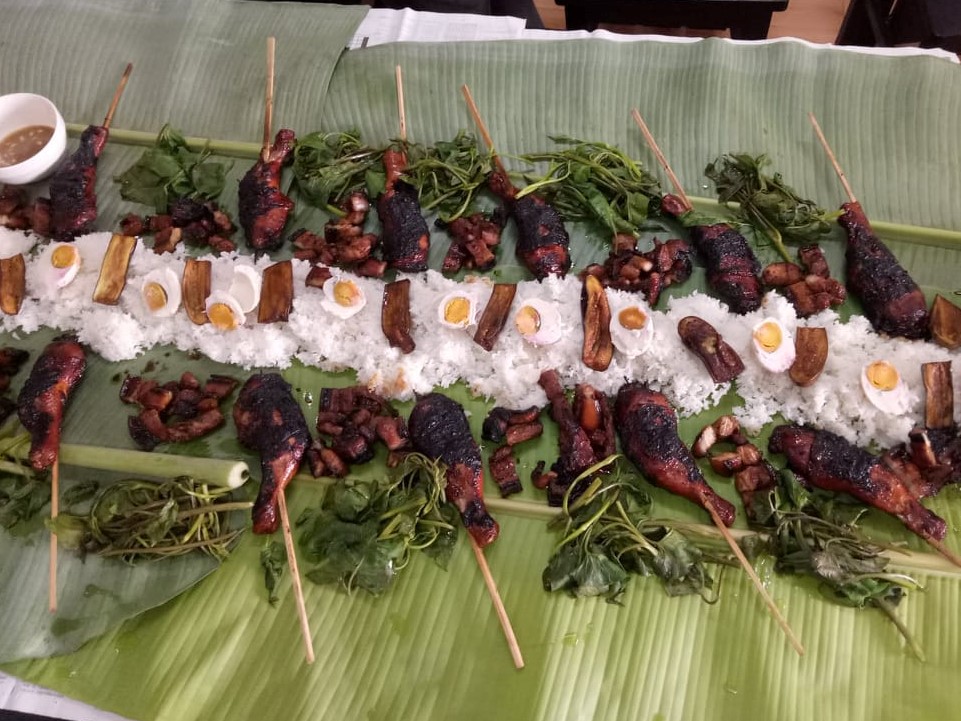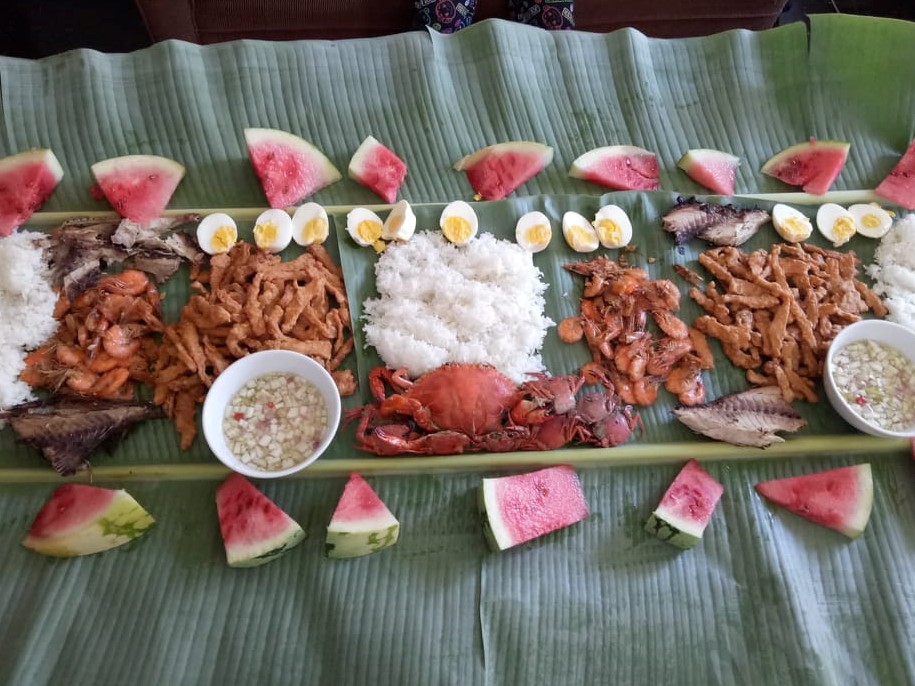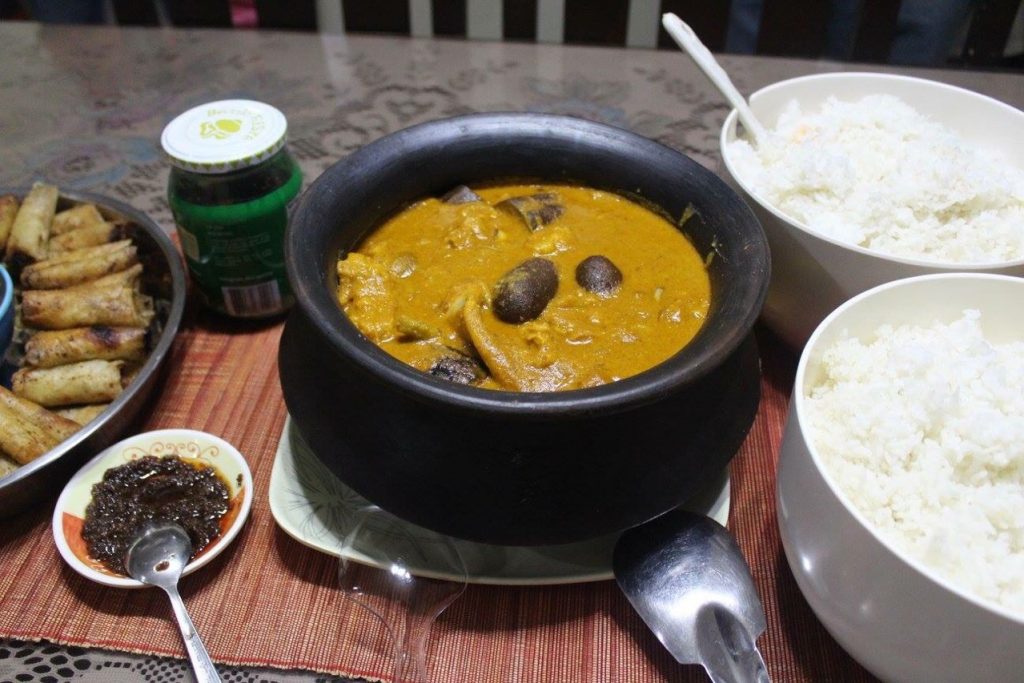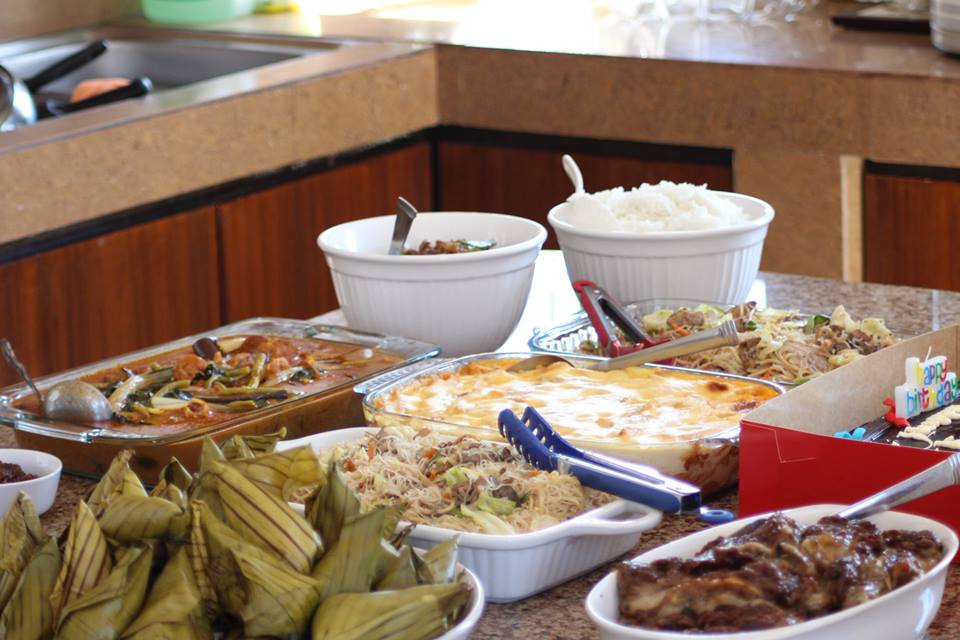Filipino Kamayan Culture: Savoring Filipino Feasts the Traditional Way
The Filipino dining culture is a delightful sight to see and experience. With a wide range of cuisines and delicacies from all corners of the archipelago, one will never get enough of the Filipino gastronomy’s distinct flavors, which are highly influenced by both Eastern and Western culture.
However, the one thing that makes tourists even more interested to experience the country’s dining culture is the unique way of eating with the use of hands.

History of Kamayan
Just like any other Asian countries like Japan, Korea, and China that uses chopsticks in their meals, Filipinos have their own traditional way of dining known as the kamayan. Coming from the root word kamay, which is the Tagalog term for hands, kamayan is the act of eating using bare hands.
This dining culture was practiced by locals ever since the pre-colonial era. The use of utensils such as spoon, fork, and knife only began when the Spanish and American occupation happened. Even so, this form of practice was still carried on and passed from one generation to another up to the present time.
What to expect at Filipino feasts
The tradition of Filipino dining has been in an informal manner and is a communal affair between families or a large number of people, which is why kamayan is considered as the most natural way of eating during feasts, holiday celebrations, or even at home meals.
The set up of kamayan is done by serving a variety of food either on plates or spread out in portions on banana leaves. This is somehow linked to the concept of “boodle fight”, a kind of communal feast originated from the Philippine Army, wherein people gather at a long table of food to eat with their bare hands.

Most of the common dishes you can find in a kamayan feast are dry and fried dishes such as rice, the country’s staple food; inihaw or grilled meat and seafood; the popular viand adobo; lumpia or spring rolls; roasted pig known as lechon; pancit canton or stir-fried noodles; salted duck eggs and tomato in soy sauce; and fresh fruit slices for dessert.
Soupy dishes like sinigang and kare-kare can also be eaten in this style but can be a bit messy.
In addition to this, special dishes are prepared for occasions and holidays like Christmas, New Year, and festivals such as ham, kakanin (rice cakes), and fried chicken.
Also read: A List of All-Time Favorite Filipino Dishes

The best way to enjoy any kamayan feast is to know well how to eat like a local. All you have to do is gather a portion of food in a small mound using your fingers, then put it in your mouth by pushing it with your thumb.
Also read: Use Your Hands: Traditional Filipino Way of Eating
Filipino hospitality through kamayan
Kamayan has this old popular notion that eating using your hands makes the food taste better. Although there is no scientific proof to this, most locals would encourage their guests to practice the kamayan as an act of generosity.
The Filipino hospitality can be felt through this dining tradition especially during big or small gatherings or when there is an expected guest. Usually, the host will prepare an array of Filipino delicacies for everyone to enjoy on the table. It is considered a taboo or an embarrassment for most Filipino families if they ever run out of food to serve their guests.

IMAGE Pauline Viloria via Facebook
The entire meal is not just about digging into the sumptuous selection of food but it is all about the human connection.
In a Filipino dining setting, small chats never disappear over the table. No wonder that this authentic dining tradition makes every meal more enjoyable because it creates a bond between the hosts and guests through kamayan.
Also read: Easy and Tasty Filipino Recipies You Can Try
A dining experience in the Philippines would never be complete without trying kamayan! What do you think of this unique Filipino culture? Comment below, and let us know your thoughts!
Sources: Philippine Insider, Travelers Today, Filipino Recipe, Travel Deep & Wide, NPR: The Salt
Written by Deneca Ordinanza













